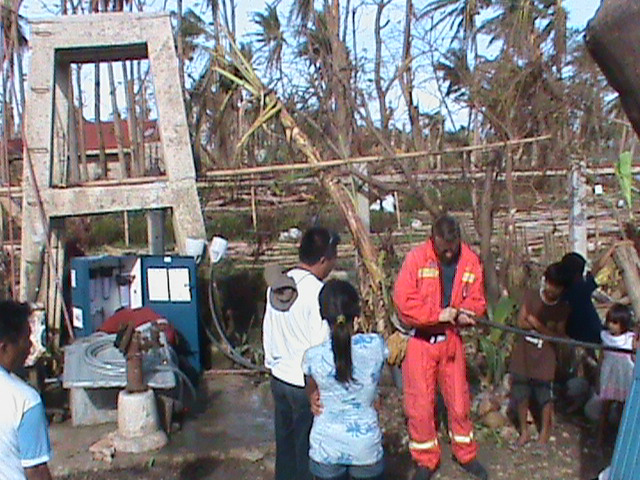Strengths of the E.D.W.B.U
Stand-alone, durable and reliable unit
Easy to implement
In one hour, drinking water begins to be distributed to disaster victims.
Easy to use
No qualification is required to operate the Integrated Drinking Water Emergency Device.
With each emergency intervention performed with the E.D.W.B.U,
First Aiders train local volunteers to help run the mobile water purification unit.

Easily transportable by Air / Sea / Land
Compact and lightweight (two metal trunks under 50 Kgs),
the E.D.W.B.U easily travels to any disaster site, even the most remote.
It can be carried or transported in any vehicle (helicopter, truck, car etc) or even on the back of animals.
Air transport : a station that travels with you as checked baggage
As the E.D.W.B.U water purification unit consists of two light units, it is considered as a single piece of baggage and not as a burden on all airlines.
The equipment arrives at the disaster site at the same time as the rescue teams.
No need to wait for your water purification station to arrive !
Optimization of drinking water distribution